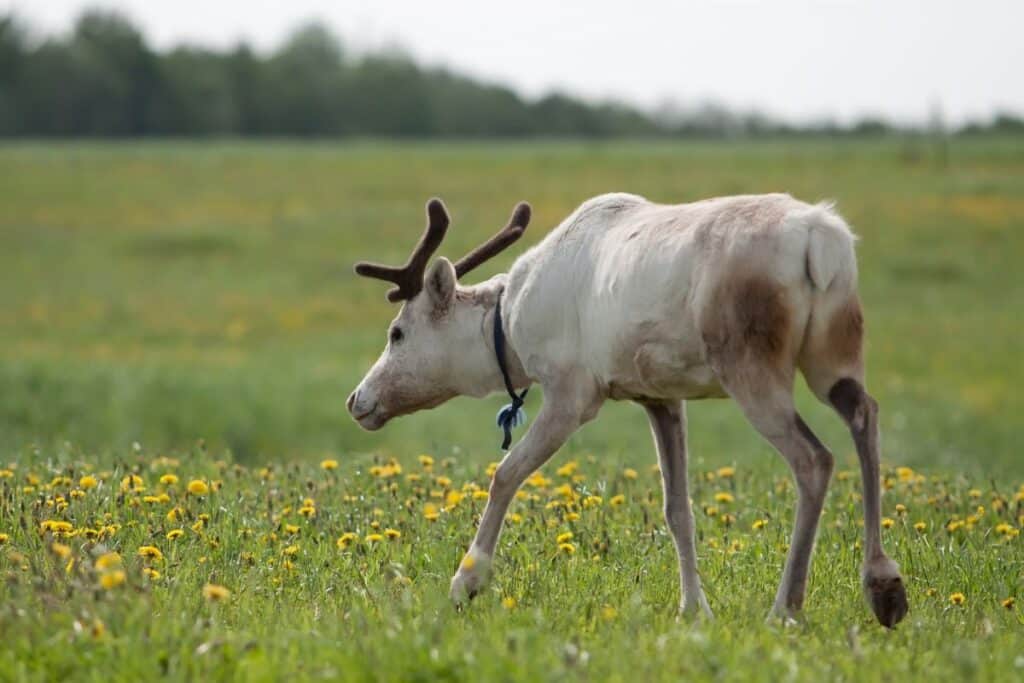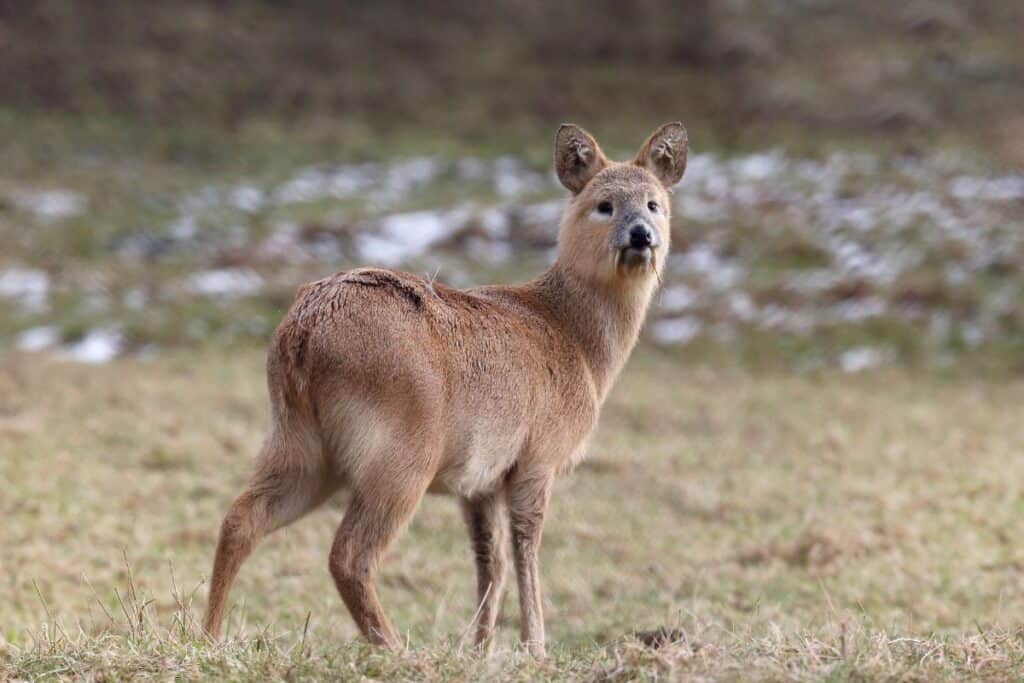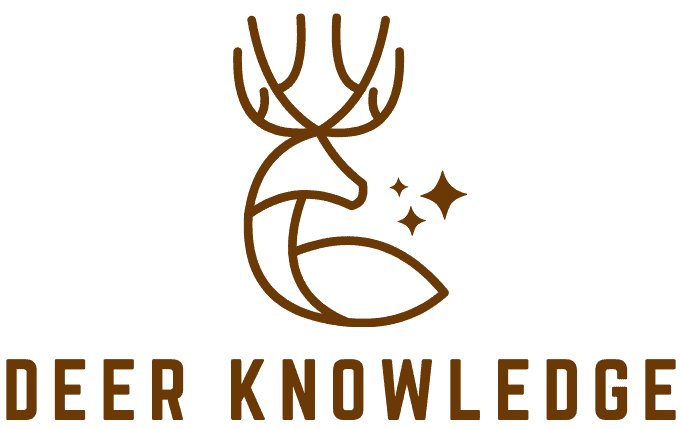A common misconception regarding deer is that males grow antlers while females don’t. However, that’s not strictly true. Some deer species see female deer grow antlers as well. Not only that, but some females grow antlers within species that are not generally associated with female antler growth, such as white-tailed and mule deer.
So, what are the circumstances in which female deer have antlers?
When Do Female Deer Have Antlers?
Generally speaking, female deer do not grow antlers. The only species that sees female antlers grow is the reindeer (caribou). Females within this species grow antlers to unearth snow-covered food sources and protect their territories (and food sources) from other predators and competing female reindeer.
In caribou and reindeer herds, the females with the largest antlers tend to have social dominance, enjoy better overall physical condition, and rear offspring that are more likely to survive to breeding age than those whose mothers have smaller headgear or no antlers at all.
With better tools to scavenge food from the tundra and compete with other predators for access to that food, these dominant females can rear healthier offspring.
That said, there are exceptions to the rule.
Antlerless females tend to fare better than their antlered counterparts in regions where food quality is poor or sources of nutrition are scarce. Since growing antlers consumes a significant amount of energy, these antlerless females are able to better utilize their nutritional intake and exhibit better survival rates.
So it’s entirely possible to see female reindeer or caribou without antlers; they simply don’t grow them to conserve energy.

Can Other Species of Female Deer Grow Antlers?
Even though reindeer are the only species of deer with observed instances of adult female antler growth, that doesn’t mean that all other species don’t experience it from time to time. Even widespread species, such as the white-tailed deer, occasionally present female deer with antlers
In some cases, the antlers grow because the white-tailed doe happens to have elevated testosterone levels.
In these instances, the antlers will look very odd, usually very spiky, and remain covered in velvet, which is in stark contrast to polished, multi-branched adult male antlers. These females will still have female reproductive organs and retain the ability to get pregnant and give birth.
Another scenario that may see females of species such as white-tailed deer and mule deer have antlers is when they have male reproductive organs internally and female external reproductive organs.
In these cases of pseudo or true hermaphroditism, the animal is technically a female but genetically possesses both male and female characteristics, including antlers. Deer fitting this description are exceedingly rare, however, accounting for only one in every 5,000 to 10,000 deer.
How Are Female Antlers Different from Male Antlers?
There are several differences between male and female antlers. For starters, males grow much larger headgear since their primary purpose is to fight with other males for mates during the rutting season.
Given that females don’t need to fight other females for mating rights, they don’t require as large headgear in order to mate successfully. They just need to be big enough to deter other females from attacking them while they feed on the vegetation around them.
Another difference concerns the shedding cycle. Since male deer need their antlers for the rutting season, they shed them in the winter once the mating season is over.
By contrast, winter is when female reindeer or caribou need their antlers the most to survive the harsh winter conditions where they live. Thus, they keep them until well into spring (usually at least May) before shedding. If pregnant, the antlers are shed post-birth.
In either case, the antlers are quickly shed and begin to grow again within a month, meaning there is very little time a female reindeer or caribou spends without headgear.
Lastly, females tend to hang onto the velvet encasing their antlers longer than their male counterparts.

Why Do Female Deer Not Have Antlers?
Aside from the reindeer/caribou, females tend not to have antlers because they have no need for them. Since males primarily grow antlers for the purpose of fighting with other males during the rutting season, having a large set of headgear becomes necessary if a male wants to win the right to mate with a female.
By contrast, females don’t have the same need to fight other females since they don’t need to protect their turf from other rivals trying to woo them to mate with them.
So, without the biological need to grow large headgear for fighting or protection purposes, there is no evolutionary pressure for females to grow their own headgear.
Do All Male Deer Have Antlers?
Almost all species of male deer grow and shed antlers each year once they reach adulthood. However, there are a few notable exceptions: the Chinese and Korean water deer. Males of these species grow large upper canine teeth that have the appearance of long, slightly curved tusks that protrude like fangs out of their mouths.
So while they may not grow antlers per se, they still possess physical characteristics grown for the purpose of combat with other males during the mating season.

Recap: Sometimes Female Deer Have Antlers
In summary, in most cases, female deer do not have antlers. That said, in the reindeer and caribou species (same animal), the female does carry a functional set of antlers for most of the year. These antlers help unearth food from the snow-covered ground and protect themselves from other predators and competing females during the winter.
There are cases whereby females within species that shouldn’t have antlers do possess them due to hormonal imbalances or hermaphroditic conditions.
However, these circumstances are both rare. If you see a deer from any species besides the reindeer/caribou with a set of antlers, it’s almost certainly a male.

